what is a rock garden?
kbug
19 years ago
Related Stories

FALL GARDENINGGreat Design Plant: Rock Cotoneaster
Adaptable and highly tolerant, this branching plant makes a terrific ground cover and cutting source
Full Story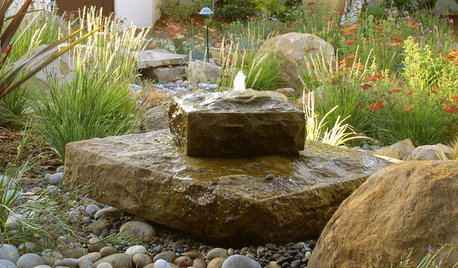
LANDSCAPE DESIGNEnjoy the Simple Beauty of a Backyard Rock Garden
This collection of Japanese-inspired rock gardens is bound to lift your spirits
Full Story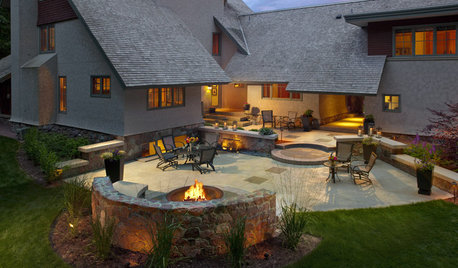
GARDENING AND LANDSCAPING10 Rock Wall Ideas for a Style-Strong Patio
Strengthen the look of your yard — and solve landscape design dilemmas — with a rock wall that fits right in
Full Story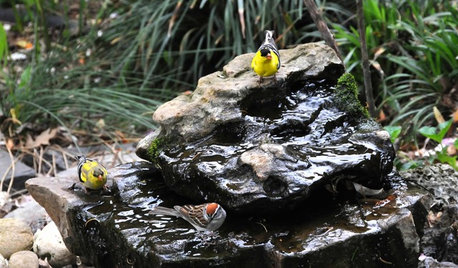
OUTDOOR PROJECTSBring In the Birds With a Homemade Bubble Rock
An avian expert from Southern Indiana shows how to make a burbling fountain that migrating birds will love
Full Story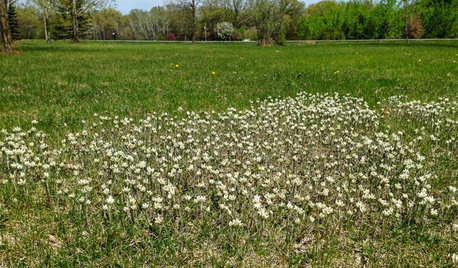
GARDENING GUIDESGreat Design Plant: Antennaria Neglecta
Plant field pussytoes in midwestern and eastern U.S. rock gardens for early-spring flowers and silver foliage
Full Story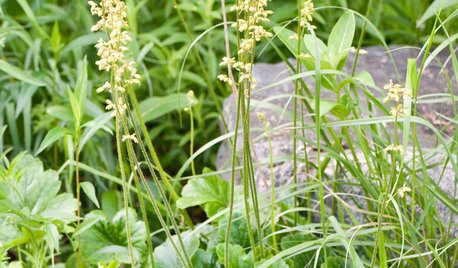
FLOWERS AND PLANTSHeuchera Richardsonii Flourishes in Sunny, Dry Spots
Plant Richardson’s alumroot for spring blooms in north-central perennial gardens, rock gardens and informal prairie plantings
Full Story0
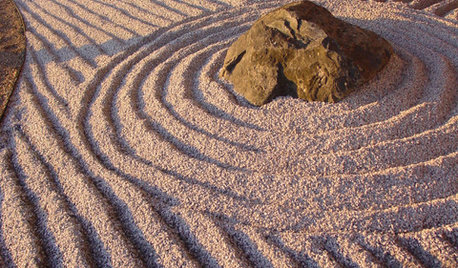
GARDENING AND LANDSCAPINGZen Gardens: Serene Outdoor Spaces
Add Zen calm to your home with a rock garden that inspires peace and harmony
Full Story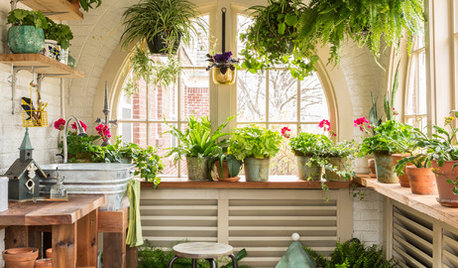
TRANSITIONAL HOMESHouzz Tour: A Home That Honors Family in Little Rock
A third-generation homeowner keeps her family history at the forefront of a thoughtful remodel
Full Story





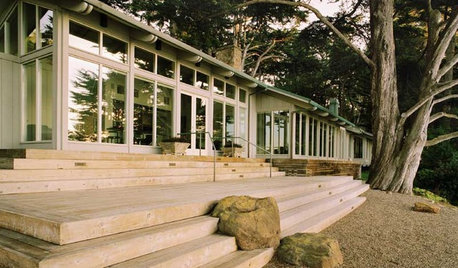
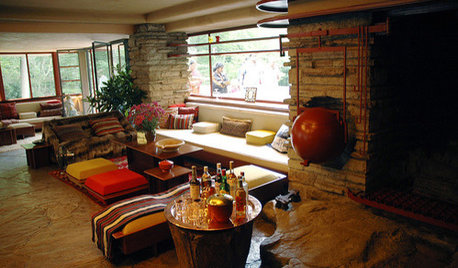
alanrocks
kbugOriginal Author
leftwood
leftwood
alanrocks
kbugOriginal Author
RckyM21
redblossom40